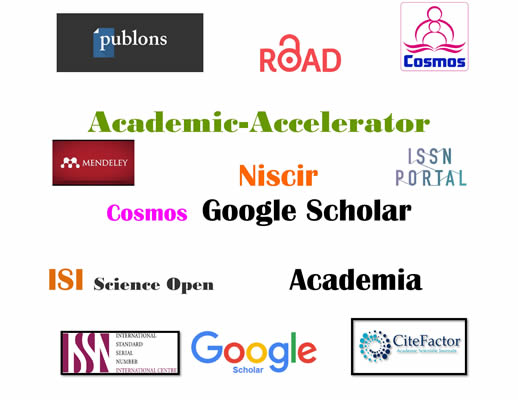Human Induce Changes in Wetland Ecology of Assam: A Case Study of Goalpara District
Hem Chandra KalitaWetlands constitute one of the most important ecosystem on the earth. They are valuable as sources, sinks and transformers of a multitude of Chemical, Biological and Genetic materials. They have been found to cleanse polluted water, prevent flood and recharge ground water aquifers. Furthermore wetlands play major role in the landscape by providing unique habitats for a wide variety of flora and fauna.The relationship between human history and wetlands is very old. Wetlands include swamps, bogs, marshes, fens and other wet, ecosystem found throughout the world under many names. They are found in every continent except Antarctica. They cover about 6 per cent of the global land surface.Wetlands are lands transitional between terrestrial and aquatic systems where the water table is usually at or near the surface of the land is covered by shallow water. In Assam there are 3513 wetlands covering area of 101231.60 hectare. Historically these wetlands have been acting as nodes of the natural drainage systems and provide a variety of resources to the people living around. But during recent period, human activities like expansion of settlements, modernization of agriculture, cattle rearing and certain constructional activities in the wetland fringes, excessive fishing and floral resource exploitation have contributed to their degradation. This has resulted in a large number of ecological and economic problems such as loss of bio-diversity, flood and siltation, water pollution, scarcity of animal feeds and poverty among the fishing communities. In this study therefore an attempt has been made to analysis the human induce changes in the wetland ecology of Assam taking Goalpara district as an example.
Open Access Journal | Steps Of Publication | Journal Editorial Board | Journal Indexing | Join As Reviewer | Contact Us | About us | Reviewers Panel
